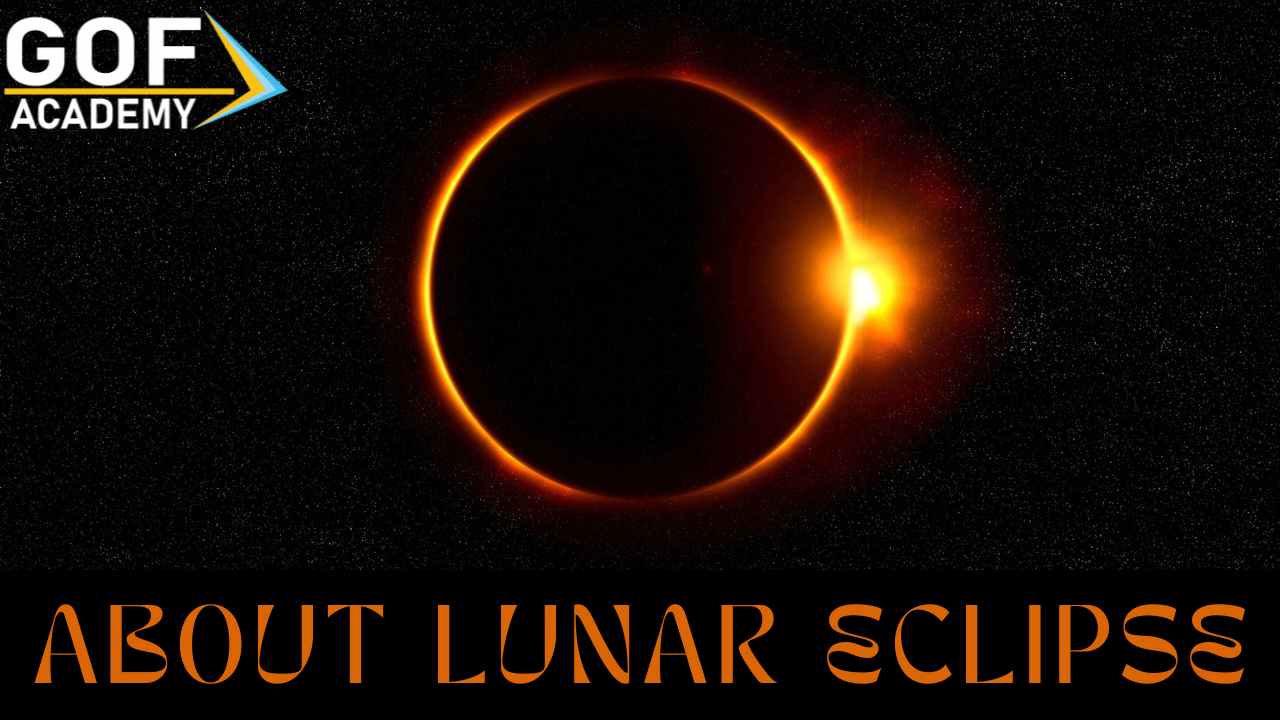
What is lunar eclipse
lunar eclipse is a celestial event that occurs when the Earth passes directly between the Sun and the Moon, causing the Earth’s shadow to be cast on the Moon. This can only happen during a full moon when the Sun, Earth, and Moon are aligned in a straight line. There are two main components to a lunar eclipse:
Penumbra: The Earth’s outer, lighter shadow is called the penumbra. When the Moon moves into this shadow, it undergoes a partial eclipse, and there is a gradual dimming of its brightness. This part of the eclipse is often subtle and less noticeable to the naked eye.
Umbra: The Earth’s inner, darker shadow is called the umbra. When the Moon moves into the umbra, it is in the Earth’s full shadow, and this is when the most dramatic and visible part of the eclipse occurs. The Moon can appear to turn a reddish or coppery color during this phase. This phenomenon is often referred to as a “blood moon” because of the reddish hue. The red color is caused by the Earth’s atmosphere scattering sunlight and allowing longer-wavelength, reddish light to reach and illuminate the Moon.
Lunar eclipses are safe to observe with the naked eye, unlike solar eclipses, which can be harmful to the eyes without proper protection. Lunar eclipses can be enjoyed from a wide geographic area because the entire nighttime side of the Earth can see the Moon when it is in the full shadow of the Earth. The appearance and duration of a lunar eclipse can vary from one event to another, and they are a fascinating astronomical event for skywatchers and astronomers.
Solar eclipses hashtags :
#LunarEclipse #MoonEclipse #EclipseViewing #CelestialEvent #NightSky #Astronomy #EclipsePhotography #LunarPhases #SkyWatch #AstroPhotography #gofacademy #iitjee #jeemain #neet #neetpreparation





